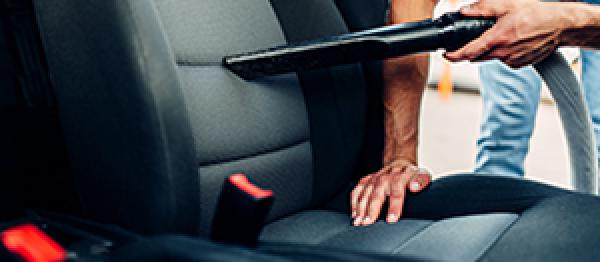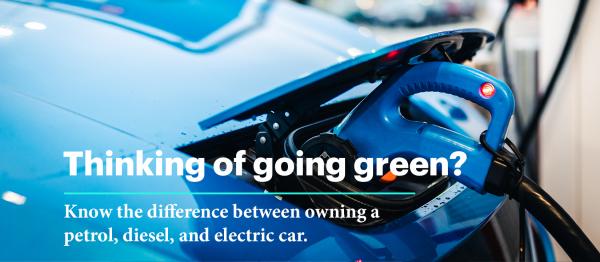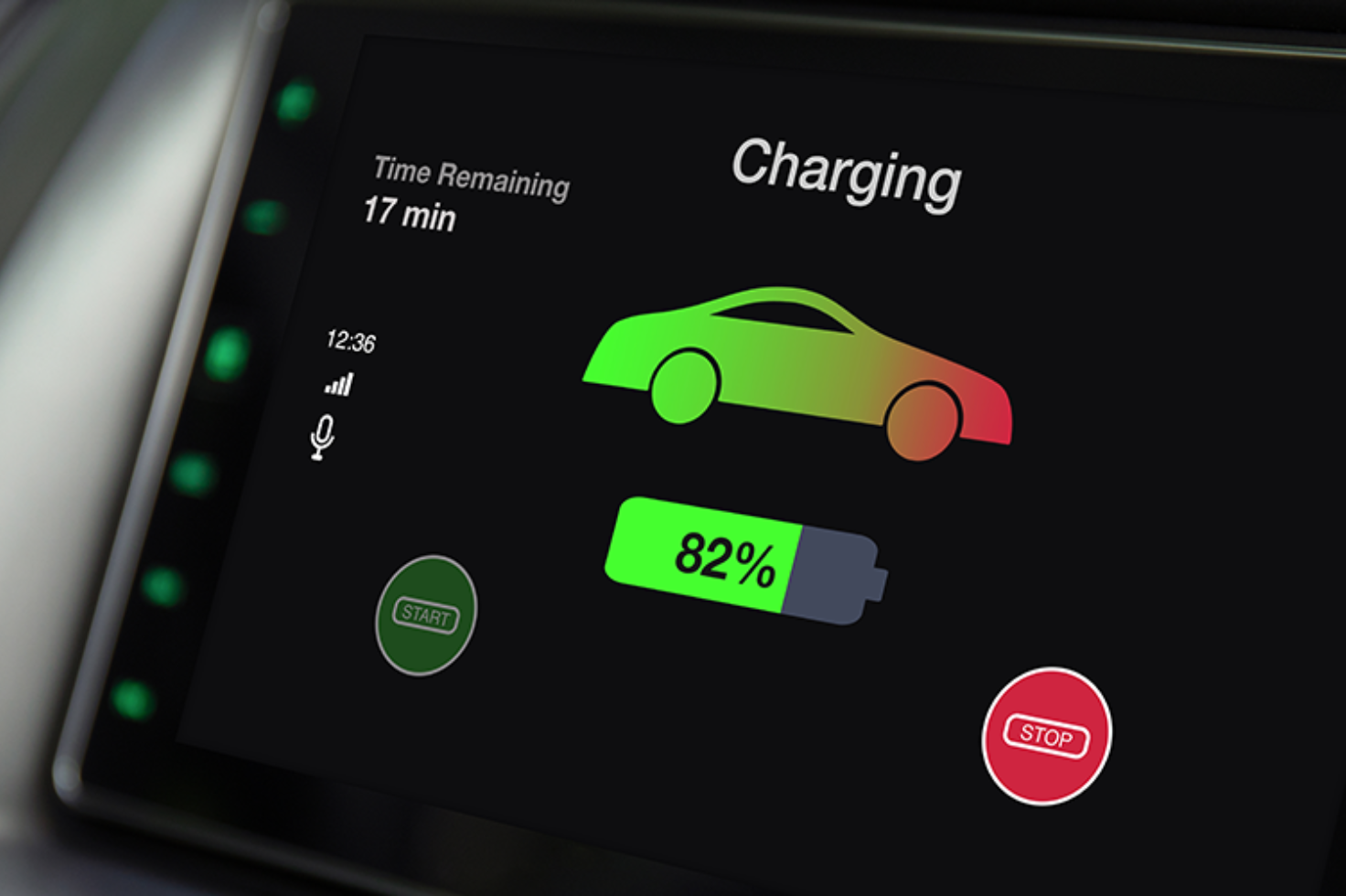This article was originally published in June 2021 and has been updated.
Share this story:
Planning to take your bike on holiday, or need to safely transport it for a service? We break down what you need to know about carrying your bike on or in your car.
A poorly restrained bike has the potential to cause severe damage or injury. Just imagine the chaos it would cause if it were to come loose while driving. Rest assured, there are a few ways you can transport your two-wheeler, and we’ll explain how you can do it lawfully and safely.
Every Aussie state and territory has laws regarding the transportation of bikes on cars, so it’s important to be aware of what’s allowed before buying any carriers or mounting anything to your car. For example, in NSW, penalties may apply if your bike isn’t properly secured, covers any of your vehicle's lights, obstructs your number plate, or creates a dangerous protrusion.
Here's a list of the different authorities you can explore to find out what’s relevant for your locale:
NSW Government: Carrying bicycles on motor vehicles (PDF)
Transport Victoria: Bicycle racks and carriers
SA Government: Displaying a bike rack plate
QLD Government: Transporting bicycles
NT Government: Vehicle accessories
TAS Government: Guidelines for the use of bicycle carries (PDF)
If you’re wondering if you can fit a bike in your car boot or backseat, the answer is yes — but it depends on the size of your bike, your car, and your patience.
First off, consider using something to protect your car’s interior. It’s worth laying down a blanket or tarp to stop the bike scratching up the inside of your car.
Next, you’ll need to do a bit of disassembling. If you’ve got a little hatchback, you might need to remove the front wheel and/or handlebars to fit it inside your vehicle. Otherwise, if you’ve got a spacious boot and a standard-sized bike, you might get away with simply folding down the back seats and sliding the bike in (on its side) from the boot.
Advantages: No money spent on expensive bike racks or worrying about your bike obstructing any car lights, sensors or your number plates.
Disadvantages: It’s a finnicky process and doesn’t leave much room in your car for other things you may need to bring along with you.
Mounted roof racks are another handy option for transporting your bike. In fact, some racks will even allow you to transport two bikes!
When deciding on a roof rack, make sure you choose one specifically designed to transport bikes so it has the right locking system to keep your bike(s) secure. Some racks are devised to carry bikes upright, others upside down. Either way, follow the steps below:
Advantages: When your bikes are mounted to the roof of your car, you can keep your car’s interior free for passengers or other belongings.
Disadvantages: Lifting your bike on and off the roof of your car can be quite difficult. Securing them requires careful attention, and you may encounter some wind resistance.
If the boot and the roof are off limits, you can opt for a rear-mounted rack. Like the roof racks, you’ll want to make sure the rack you use is specifically designed for bikes and includes an attachment to the rear (usually connected to the tow ball or the boot). Follow the steps below and remember to keep safety top of mind:
Advantages: It’s easier to mount your bike (compared to a roof rack) and you’ll still have plenty of space inside your vehicle.
Disadvantages: These can be expensive options and often block rear lights or number plates, requiring you to take additional precautions and measures to ensure safety and compliance with road regulations.
All content on the NRMA Insurance Blog is intended to be general in nature and does not constitute and is not intended to be professional advice.


